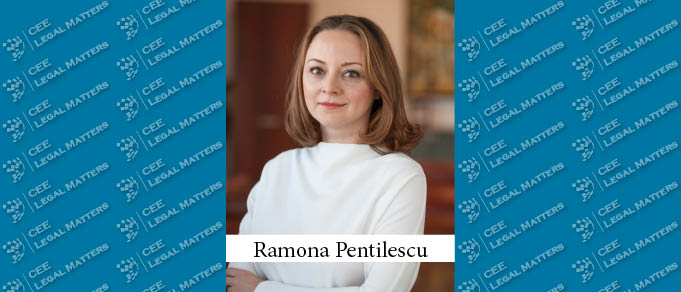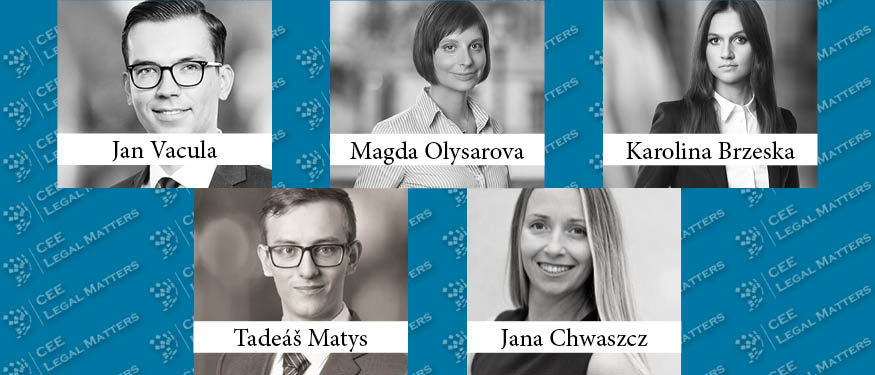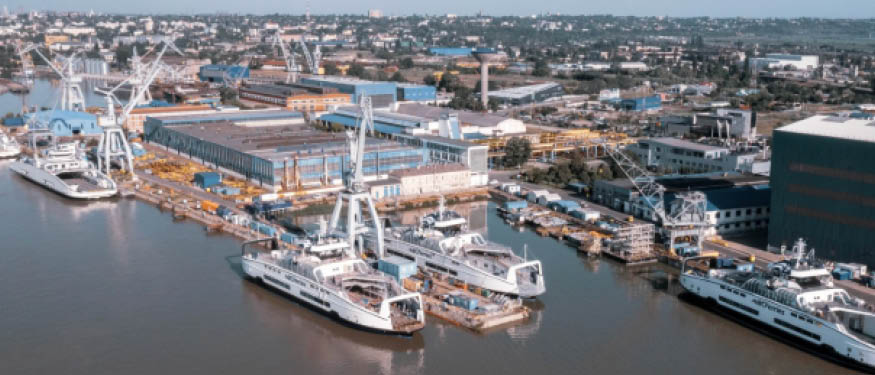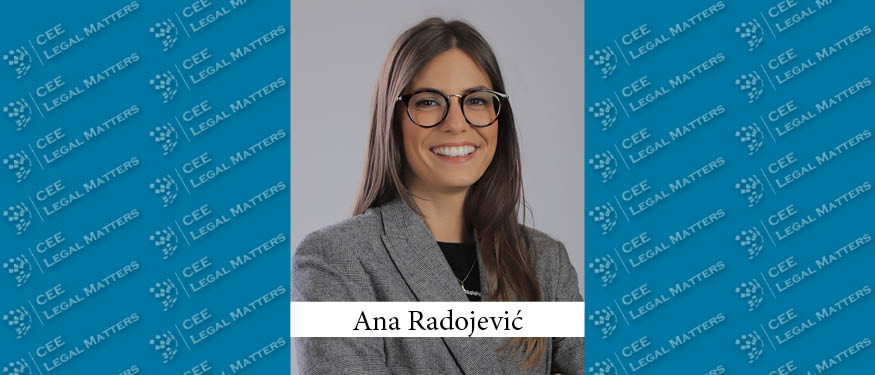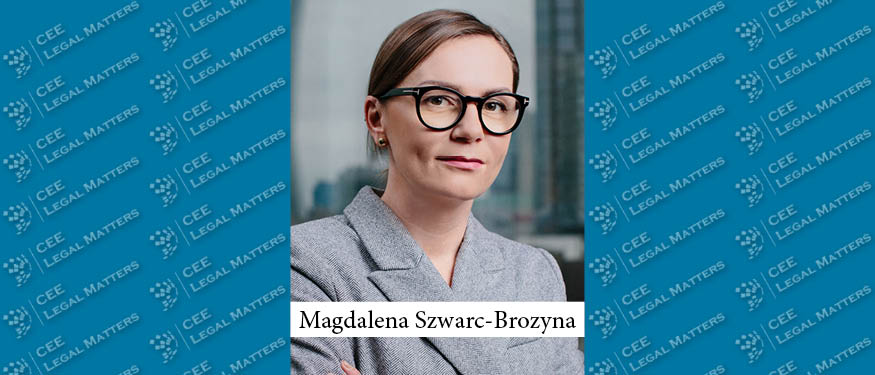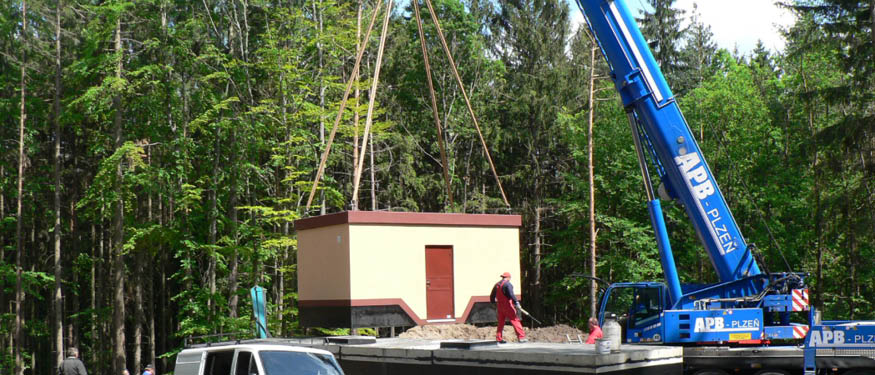A quick look at the CEE Legal Matters Index 2021 reveals a considerable number of public procurement (PP) disputes in the Romanian healthcare sector. We spoke with Popovici Nitu Stoica & Asociatii Partner Ramona Pentilescu, who was involved in challenging several such projects, to learn more about the trend.
Ill-Timed Problems
“The first thing one ought to understand is that these problems with medical PP tender procedures became all the more evident in the past two years,” Pentilescu begins. She explains that this is because the healthcare sector in Romania has experienced an uptick in investments, with more complex projects being implemented. “Before that, in 2019 and earlier, this was far less visible,” she says.
In terms of specific issues, Pentilescu first points to the tender books and tender specifications themselves in which, she explains, uncertainty abounds without proper and detailed technical specifications for each tender. “While this may be easier in other industries, it is not as much in the healthcare sector,” Pentilescu says, also pointing out that authorities are quick to draw judgment, oftentimes “imposing restrictions instead of defining needs first.”
The second issue is that of the framework agreements, which she describes as “a handy instrument – but often used quite inadequately.” She explains: “By trying to avoid firm contractual engagements – and sometimes choosing to avoid framework agreements in order to sidestep the responsibilities having to do with purchase quantities – authorities impose disproportionate risks on the tenderer, with long-term framework agreements becoming non-profitable. Thus, in the long term, either the quality of tenders decreases, or the prices significantly increase.” Pentilescu feels that this can also have a chilling effect on others when it comes to applying to tenders.
Third, Pentilescu says “deadlines throughout are very, very short – I cannot attest to all European jurisdictions, but I am pretty sure that Romania is among the ones with the shortest deadlines.” The window of time during which an appeal can be filed with the relevant authorities following a tender decision is but ten days. Additionally, the appeal has to be resolved within a period of just 20 days. “The median time for these procedures was around 29 days in 2021, as per the statistics published by the National Agency for Public Procurement, from start to finish,” Pentilescu says. “Within this period, you need to file the counterclaim, study all of the relevant (and very specific) documentation – all the while not having enough time to use the full set of probation rules you normally would, because of the short deadlines,” she explains, “not to mention that no new evidence may be submitted after the initial ten-day period to file the appeal.”
Fourth, Pentilescu highlights issues with the way tenders are evaluated. “The authorities do not always have personnel with the requisite skill set to be able to see all the nuances and different technical solutions in the healthcare sector,” she says. “There is a lot of highly-specialized technical equipment in this sector, and it is not easy to navigate it.”
Capabilities Building Time (With Some Help from the Market)
And this last point is somewhat linked to Pentilescu’s final issue to be highlighted – a more systemic one: “there is either an insufficient or an inappropriate use of market consultation procedures,” she says. “These consultations are a prior procedure that exists to help the relevant authorities understand what solutions are available on the market, how to best formulate their needs in order to engage competition, and ultimately obtain the best offer from the suitable available solutions. Most of the time, though, these consultations are performed almost pro forma and are reduced to mere market price comparisons.”
Pentilescu feels that this derives primarily from inadequate administrative capacity, more specifically insufficient personnel training. “The inadequate level of personnel qualification and management – including overload or improper disbursement of PP tasks – is the primary cause of the problems mentioned above,” she explains.
“I believe that the best way to remedy this is to focus on improving the way administrative tasks are tackled – this is, ultimately, all about refining the PP process and making it a goal to continuously improve it,” Pentilescu says. There is no single, fast solution, she notes. “Of course, other, more minor changes – like having standards for certain specification types when it comes to medical equipment – would be well received,” Pentilescu says. “This would allow the authorities to better navigate different medical equipment types and, essentially, handle these cases better.”
Still, it’s not a matter of simply extending the deadlines or tweaking legislation, according to Pentilescu. “The current legal framework, though improvable, works, provided it is applied correctly. A comprehensive approach should be taken, and investments made in educating the personnel handling these tender procedures.” She says that better use of the market consultation procedure would also lead to significant benefits. “Establishing a dialogue with the market – which all of the market players want – would be the best solution in the long term, seeing as how it would improve the very foundations of the tender framework.”
This Article was originally published in Issue 9.4 of the CEE Legal Matters Magazine. If you would like to receive a hard copy of the magazine, you can subscribe here.

